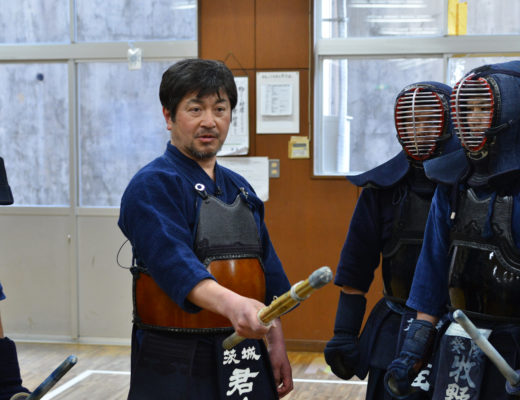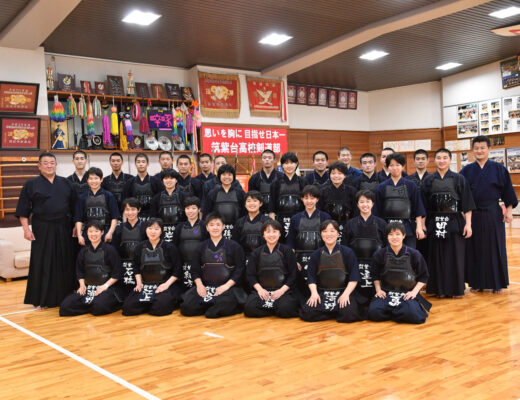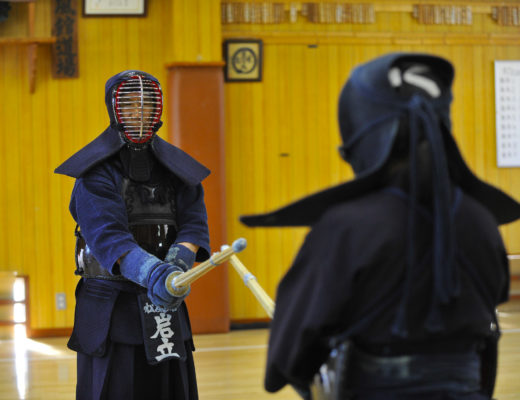2009.01 KENDOJIDAI
In 1984, Makita Minoru was hired by the International Budo University as an assistant professor at its opening. This university specializes in training kendo instructors, and his students are active in the world of Kendo in the Heisei era, including Teramoto Shoji (winner of the 55th All Japan Kendo Championship) and Wako Daisuke (runner-up in the 56th All Japan Kendo Championship).
As an athlete, he has also won the World Championship and won second place in the All Japan Kendo Federation’s 50th Anniversary 8th Dan Tournament. Makita Sensei will share with you his experience of teaching and competing in Kendo.
Part 1: The purpose of Kendo training
Part 2: Synchronizing Seme and striking
Part 3: Shikake-waza
Part 4: Oji-waza
Part 5: Benefits of Suburi for competitive scenarios
Part 6: Tips for Dan examinations
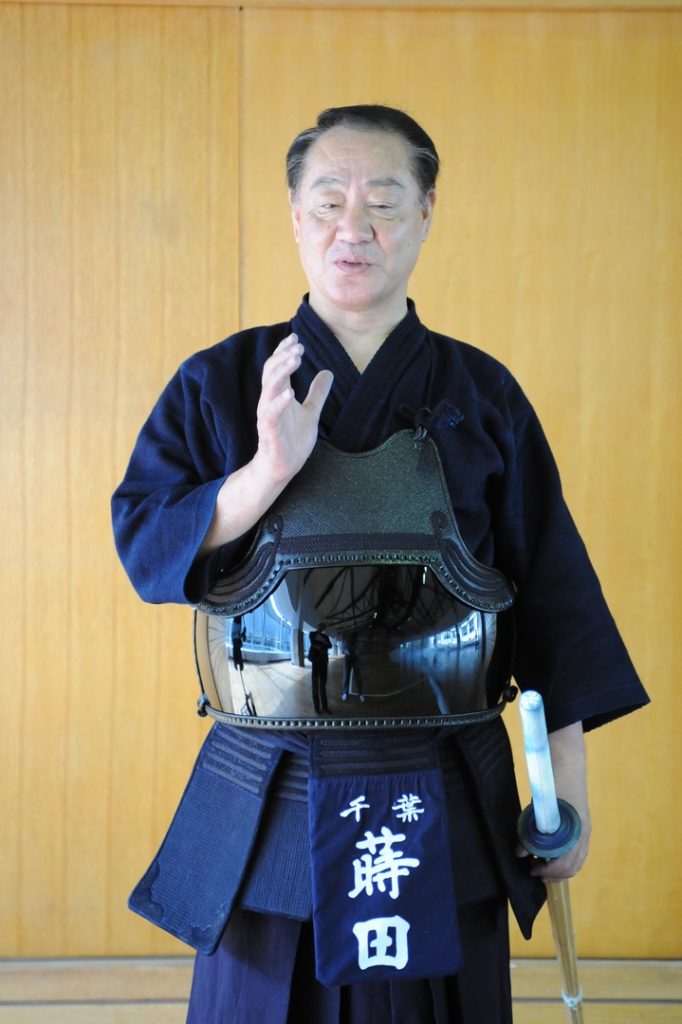
Makita Minoru, 8th Dan
He was born in 1948 in Osaka Prefecture and went on to study at PL Gakuen High School and Tokai University. When the International Budo University opened in 1984, he became an assistant professor there. He participated in the WKC becoming the individual champion, took second place in the AJKF 8th Dan 50th Anniversary Championship and participated in the All Japan Championships, the Japan East West Tournament and the National Athletic Meet. He is currently the vice president of International Budo University and Kendo Club Instructor.
Part 2: Synchronizing Seme and striking. Follow through with your strikes in sync with Seme and Tame
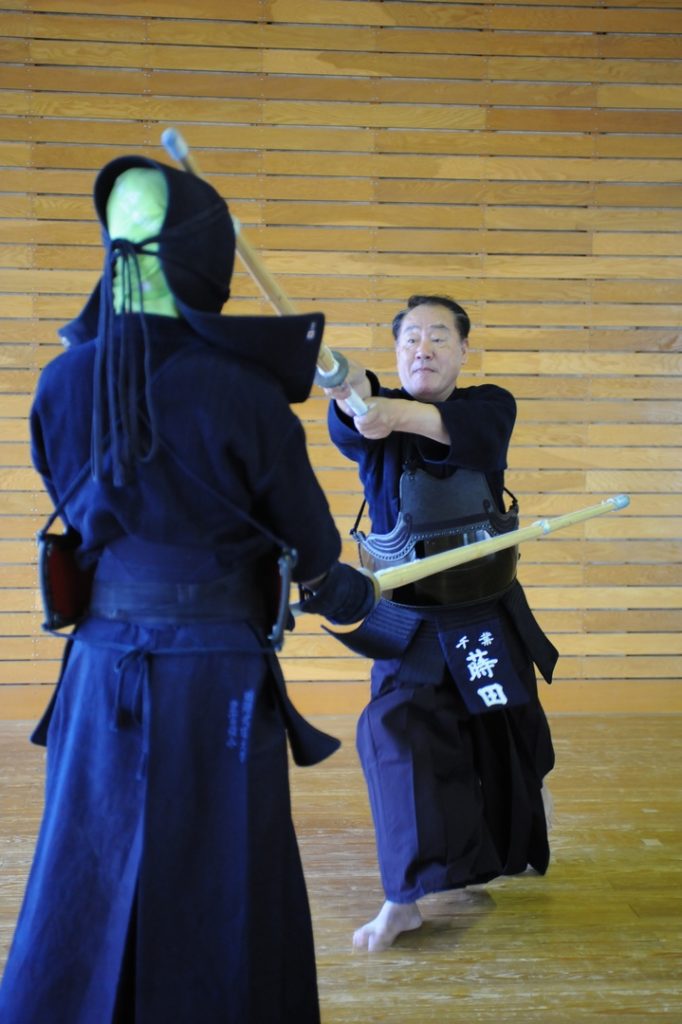
The striking motion consists of three coordinated actions
In the process of striking an Ippon, there is always Seme involved. To develop your offensive ability, you must understand Seme itself. There are two basic ways of attacking: attacking and striking at the moment your opponent’s Kamae is disrupted (such as making them open their Kensaki, raising it, and lowering it), or inviting your opponent and striking when he moves out.
In other words, there are two types of opportunities to strike: when the opponent goes on the defensive and when he strikes because he is unable to withstand your Seme. Each player has his or her own way of applying Seme, but in the end, it’s important to be full of energy and use it to disrupt your opponent. Ideally, you should force your opponent to make a move by pressuring him, but until you reach that point, there are many things that need to be taken care of.
Even if your opponent is scared and moves, you need to apply the appropriate technique to that situation in order to make an Ippon. Everybody must have made a mistake in that regard, letting an Ippon slip, at least once. The process of disrupting your opponent and converting a technique into an Ippon is a matter of applying Seme, Tame and following through with your strike. For example, you pressure your opponent’s center and your opponent can’t withstand it and raises his hands, then you strike a Kote on that raised hand.
Advancing your Maai without disrupting your Kamae. Attacking is risky. Advancing as if you were pushing your right foot out with your left will help control disruption of your posture
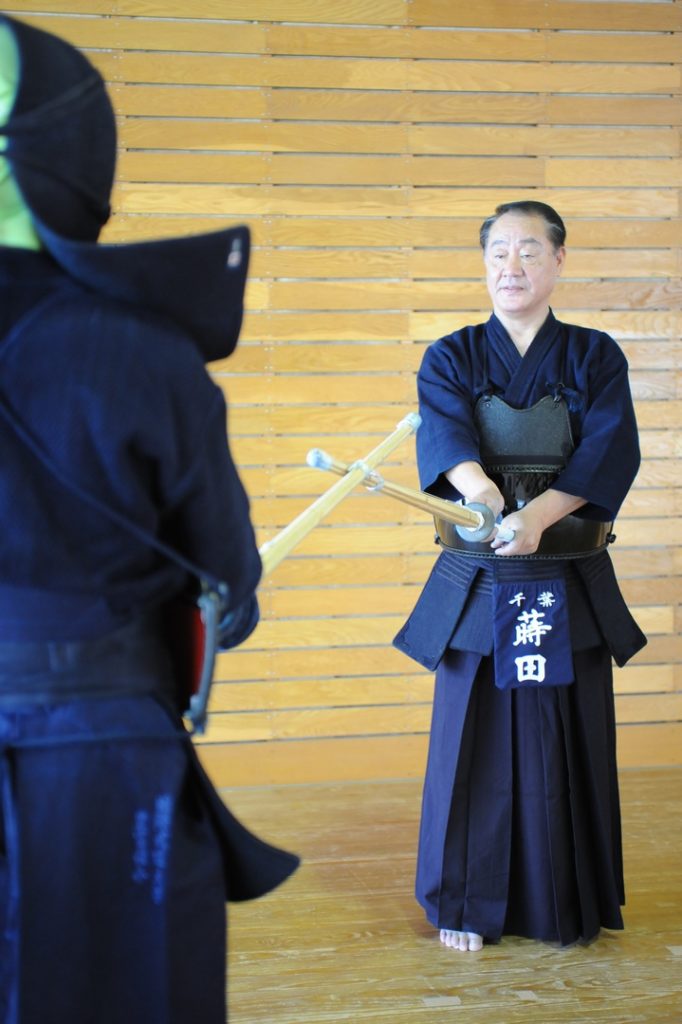
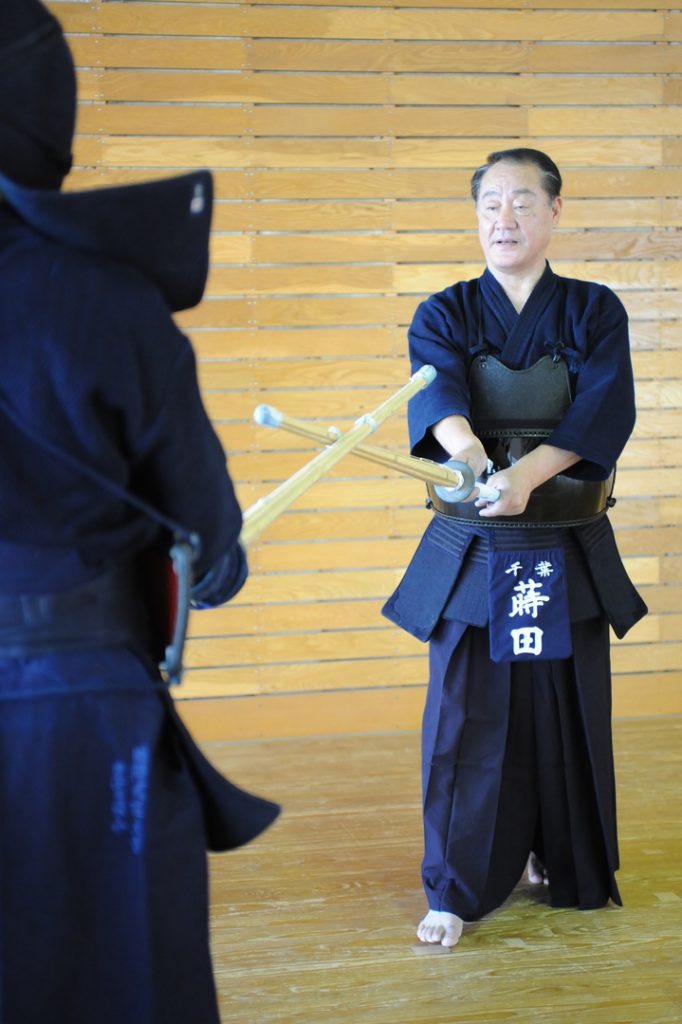
Applying Seme with the right foot. Putting your right foot forward allows you to apply pressure with your body. Put your weight on your left leg and push your right leg out
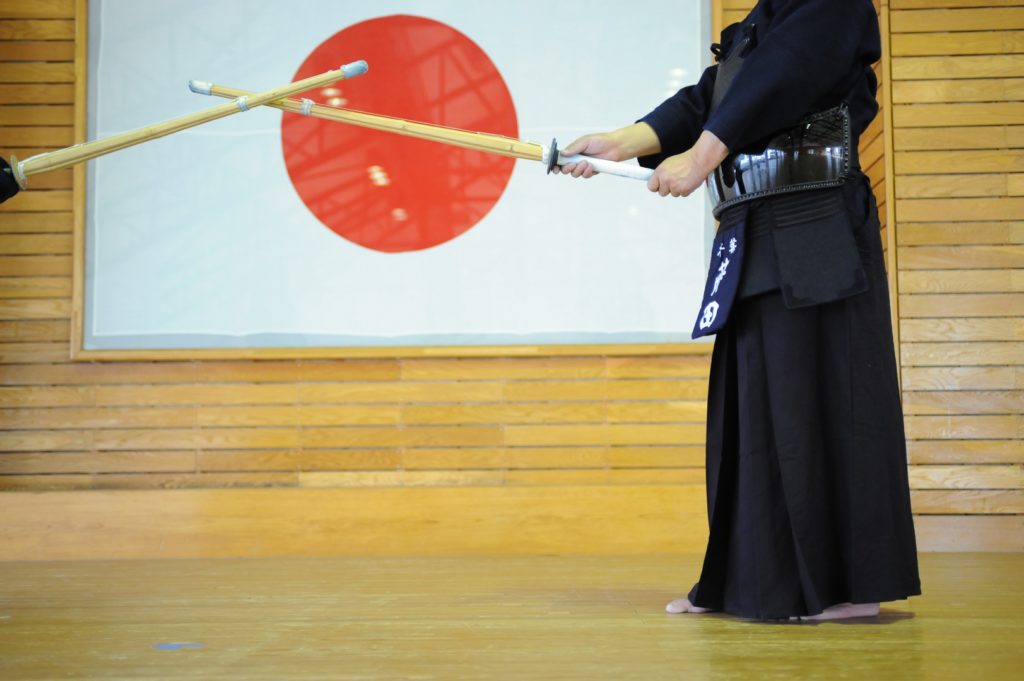
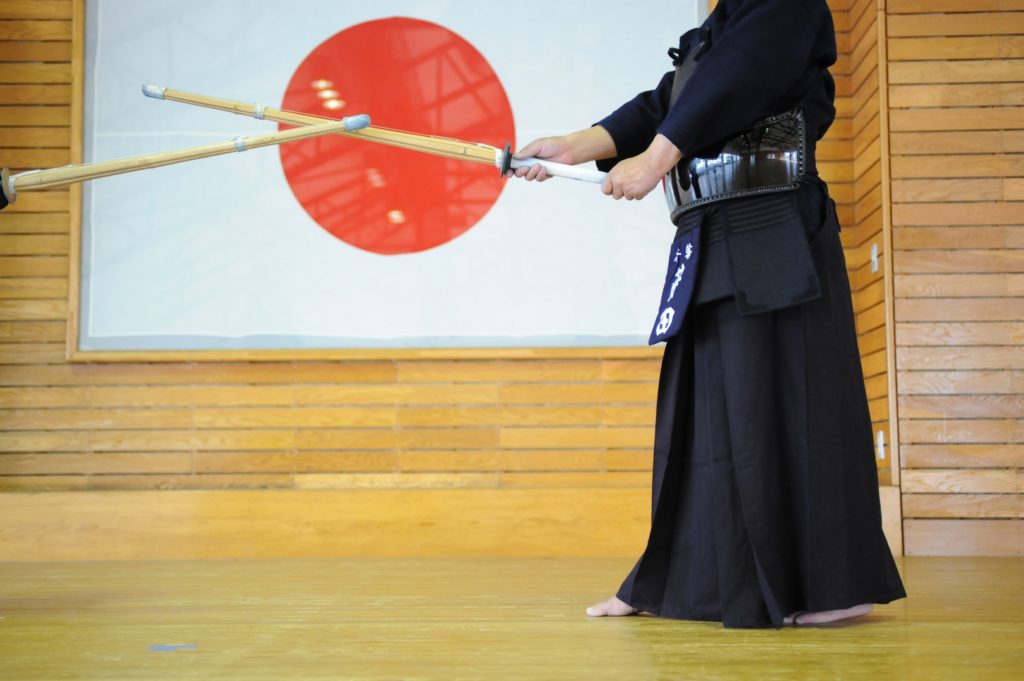
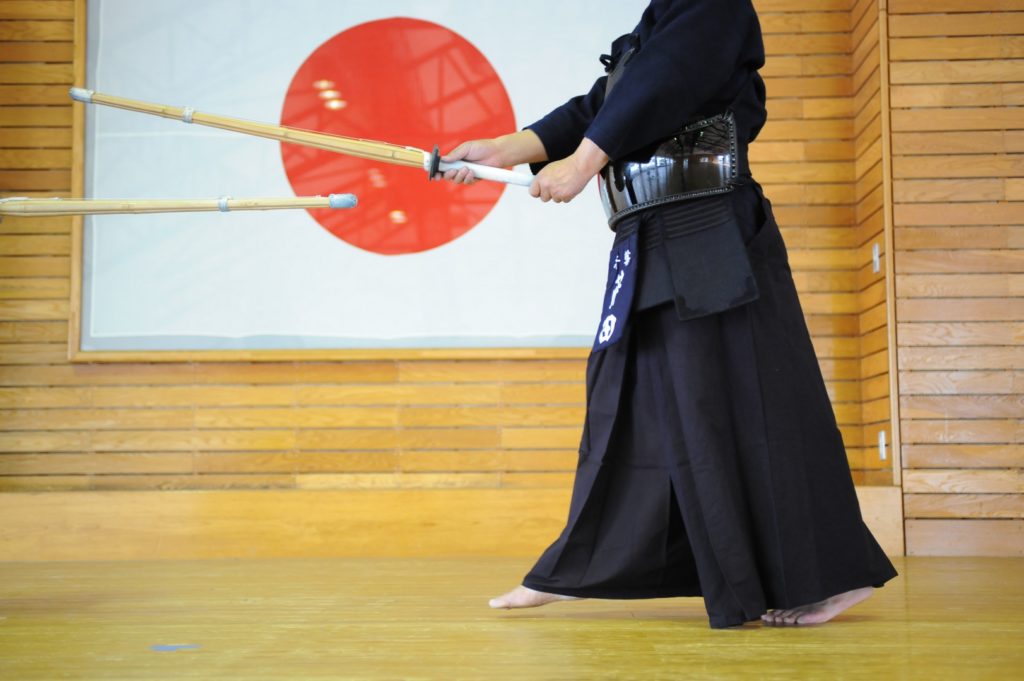
The striking opportunity arises as the opponent starts to move. Seme, Tame and following through with the strike must be a unified action. If these three actions are not coordinated, it is difficult to get an Ippon.
When the three are separated, there will be a slight time gap, which gives the opponent time to react. For example, Tame is important for striking, but if you don’t strike while your pressure is effective, the opponent will block you. While you are pressuring, you are still in the flow. To start applying Seme, you must step in further than Issoku Itto no Maai, and while moving in, the right foot plays an important role.
As the right foot moves forward, the body also leans slightly forward. This process creates Seme, and when it resonates with the opponent, they will react by raising their hands or coming out. It is not easy to apply Seme to the opponent from a safe distance. If you want to apply Seme to your opponent, you have to take a risk too. When you enter your Maai, it means that your opponent is within striking distance.
I think that the offensive action is basically a repetition of this. We aim to enter Issoku Itto no Maai, applying Seme to the center, applying Tame and following through with our strike at an opportunity. Of course, this is not easy to do, but I use this as a basis, sometimes pressuring the opponent’s hands, sometimes focusing the eyebrows, and so on, to add vertical variation. However, up and down variation is not the main thing. I believe that attacking and disrupting the center of the body as the main axis of attack will lead to the improvement of offensive power.
Analysis of the four reactions. Select the appropriate technique
When you attack the opponent, he reacts in four ways:
- Opening the Kensaki
- Raising the hands
- Lowering the hands
- Raising their elbows
The rest of this article is only available for Kendo Jidai International subscribers!



